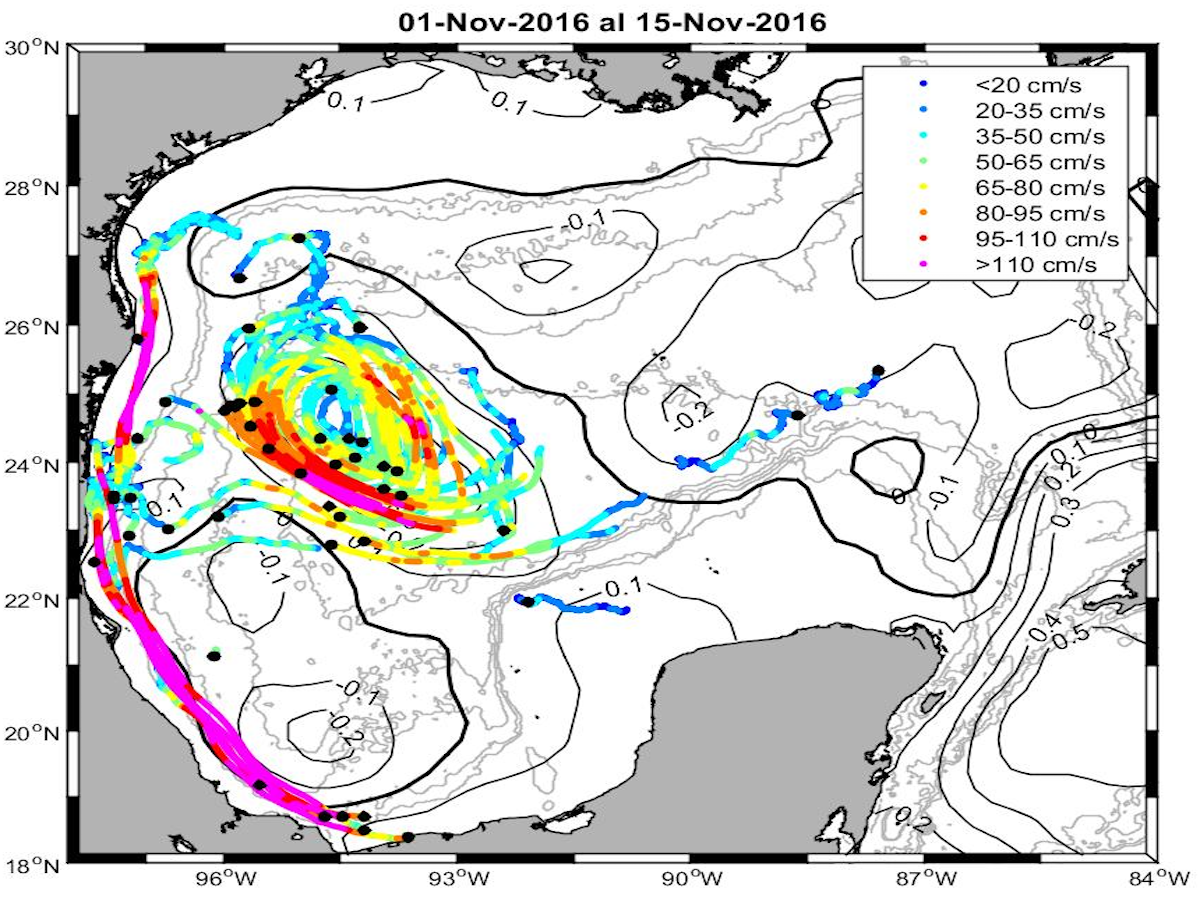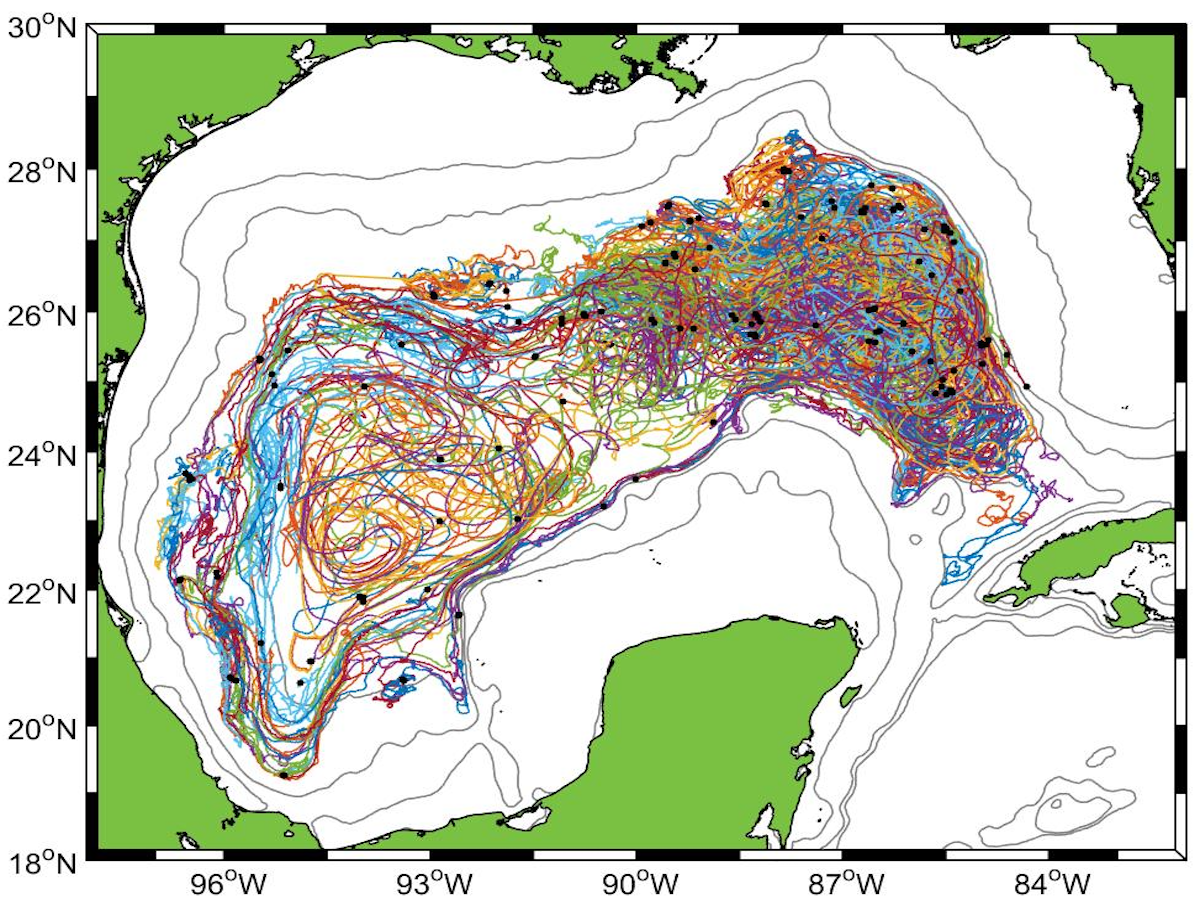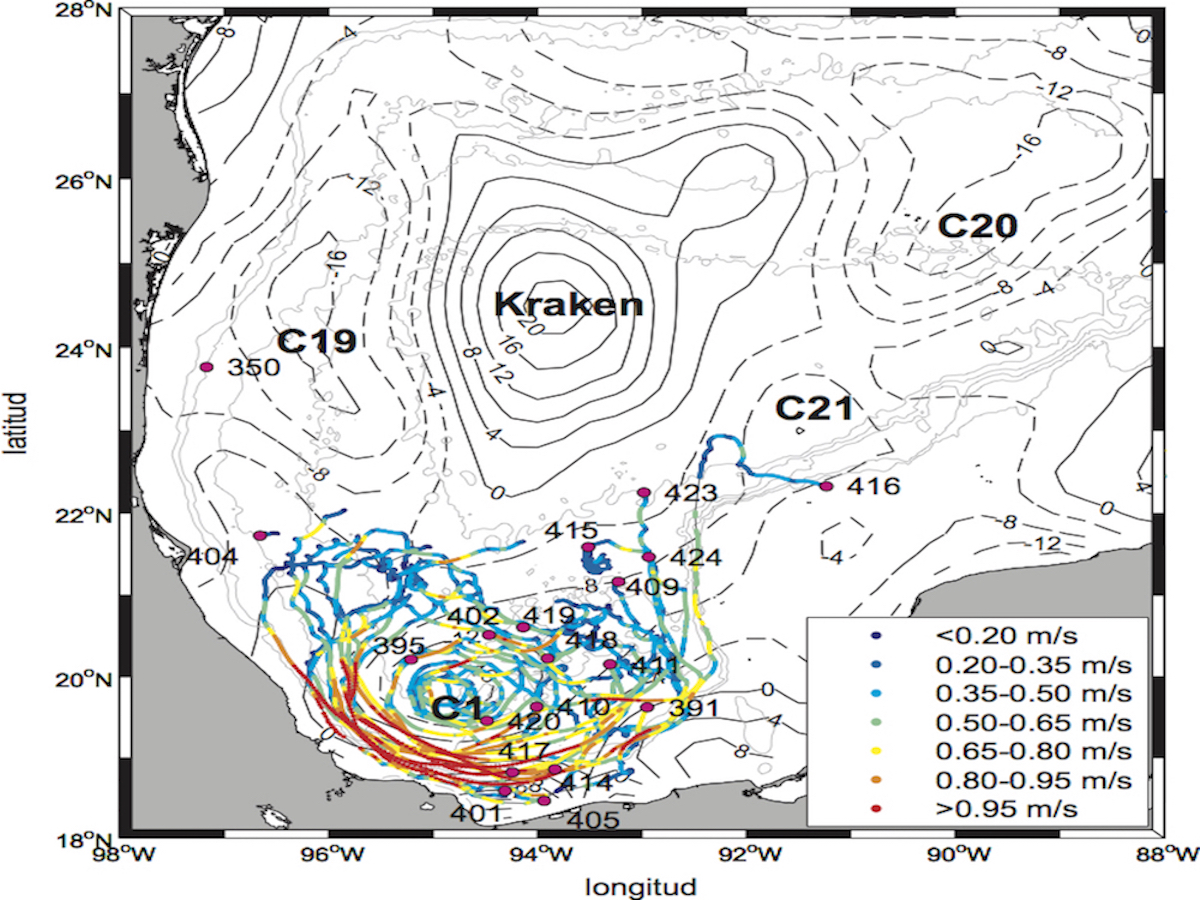Team
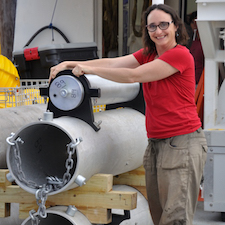 |
Paula Pérez Brunius
Investigador Titular A Departamento de Oceanografía Física Centro de Investigación Científica y de Educación Superior de Ensenada +52 (646) 175 0500 ext. 24044 http://usuario.cicese.mx/~brunius/ brunius@cicese.mx Me gradué de Física en la Facultad de Ciencias de la Universidad Nacional Autónoma de México en 1996 y obtuve un doctorado en Oceanografía Física en la Universidad de Rhode Island, EUA, en 2002. Después de dos años trabajando en el Instituto Oceanográfico Woods Hole, regresé a México en 2005 para continuar un posdoctorado en el CICESE, y me incorporé como investigadora al Departamento de Oceanografía Física en 2007. |
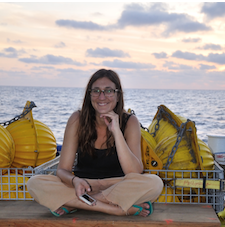 |
Paula García Carrillo
Técnico especialista en Oceanografía Física. Physical Oceanography Department Centro de Investigación Científica y de Educación Superior de Ensenada +52 (646) 175 0500 ext. 24115 pgarcia@cicese.mx Paula empezó a trabajar en Oceanografía Física en CICESE desde 2007 y se encarga del procesado, control de calidad y análisis de los datos de los derivadores superficiales utilizados en los proyectos del grupo. Tiene una Maestría en Geología hecha en CICESE y trabajó primero durante siete años en el proyecto PEMEX y actualmente con el Proyecto de CIGOM. |
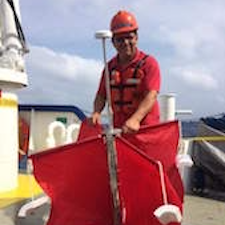 |
Alejandro Domínguez Guadarrama
Técnico especialista en Oceanografía Física Physical Oceanography Department Centro de Investigación Científica y de Educación Superior de Ensenada +52 (646) 175 0500 ext. 28725 adomingu@cicese.mx Alejandro estudió Física en la Universidad Autónoma del Estado de México (2001), después hizo una maestría en Oceanografía Física en CICESE (2005). Trabajó 5 años como asistente de investigación el la Universidad Tecnológica de Eindhoven (2004-2009), en los Países Bajos y desde 2013 trabaja en CICESE como técnico especialista en Oceanografía Física. |
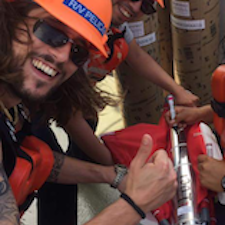 |
Javier Rodríguez Outerelo
Physical Oceanography Specialist Physical Oceanography Department Centro de Investigación Científica y de Educación Superior de Ensenada +52 (646) 175 0500 ext. 24115 outerelo@cicese.mx El trabajo de Javier se centra en el análisis de observaciones lagrangianas en el Golfo de México, especialmente en procesos de dispersión y conectividad. Por una parte, realiza cálculos estadísticos referentes a la dispersión de partículas, y la generación de imágenes que representan esta información para publicaciones y congresos. Además, también realiza cálculos que permiten inferir el grado de conexión (conectividad) entre ciertas regiones dentro del Golfo de México. Eventualmente también apoya en cruceros oceanográficos pertenecientes a los proyectos. |
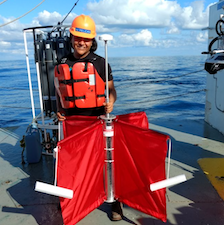 |
Argelia Ronquillo Méndez
Scientific Computing Specialist Physical Oceanography Department Centro de Investigación Científica y de Educación Superior de Ensenada +52 (646) 175 0500 ext. 23118 aronquil@cicese.mx Argelia tiene una maestría en Ciencias de la Computación. Su principal rol en el grupo es la preparación y configuración de cómputo científico, la manipulación de los datos que conlleva el almacenamiento, la distribución y la visualización. Parte de sus tareas también son la automatización de procesos, la administración de servidores, páginas web y cuentas de usuarios. Participa también en la preparación y lanzamiento de boyas a la deriva en los cruceros que se realizan en el Golfo de México. |
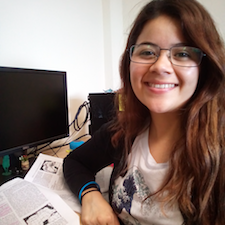 |
Joana Julieta Gónzalez Rejón
Estudiante de maestría (2017 - 2020) Tesis: "Intercambio de agua superficial entre la plataforma continental y la región profunda del golfo de México". Physical Oceanography Department Centro de Investigación Científica y de Educación Superior de Ensenada joana@cicese.edu.mx Información actual: Oceanóloga, con interés en circulación oceánica. Trabajo de investigación de maestría enfocado en caracterizar los intercambios de agua a través de la plataforma continental en el Golfo de México mediante observaciones lagrangianas y anclajes. |
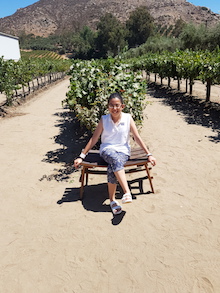 |
Georgina Rojo de Anda
Estudiante de maestría (2017 - 2020) Tesis: Caracterización del flujo a lo largo de la costa oeste del Golfo de México. Physical Oceanography Department Centro de Investigación Científica y de Educación Superior de Ensenada grojo@cicese.edu.mx |
 |
Javier Rodríguez Outerelo
Estudiante de maestría (2012 - 2015) Tesis: "Conectividad del Golfo de Campeche con el resto del Golfo de México a partir de datos lagrangianos reales y simulados". Physical Oceanography Department Centro de Investigación Científica y de Educación Superior de Ensenada outerelo@cicese.mx Información actual: Técnico especialista en Oceanografía Física en el Consorcio de Investigación del Golfo de México. |
 |
Nathalí Cordero Quirós
Estudiante de maestría (2012 - 2015) Tesis: "Variabilidad estacional de la circulación inducida por viento en el Golfo de Campeche Physical Oceanography Department Centro de Investigación Científica y de Educación Superior de Ensenada Información actual: Estudiante de Doctorado en UCSD-SIO |
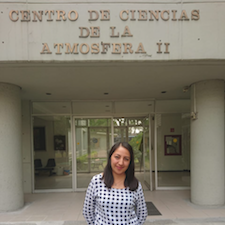 |
Miriam Alin Calva Chávez
Estudiante de maestría (Septiembre 2011 - abril 2014) Tesis: "Variación estacional y sinóptica de la trampa de surgencia en la Bahía de Todos Santos B. C." Physical Oceanography Department Centro de Investigación Científica y de Educación Superior de Ensenada Información actual: +52 (555) 6224800 ext. 44980 mcalva@atmosfera.unam.mx Más información aquí |
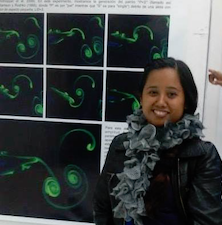 |
Erika Sandoval Hernández
Estudiante de maestría (2009 - 2011) Tesis: "Estudio del ciclón en el Golfo de Campeche con datos lagrangeanos y experimentos de laboratorio". Physical Oceanography Department Centro de Investigación Científica y de Educación Superior de Ensenada Información actual: Investigador por Retención CONACYT Posgrado Biosistemática, Ecología y Manejo de Recursos Naturales y Agrícolas (BEMARENA) Centro Universitario de la Costa Universidad de Guadalajara. erika.sandoval.hdz@gmail.com |
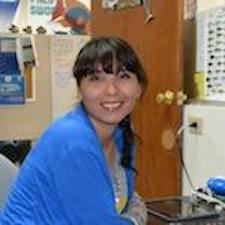 |
Luz Erandi Saldaña
Postdoctoral Researcher (2017 - Present) Physical Oceanography Department Centro de Investigación Científica y de Educación Superior de Ensenada +52 (646) 175 0500 ext. 28725 lsaldana@cicese.mx |
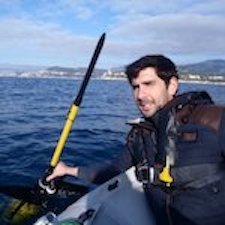 |
Orens Pasqueron de Fommervault
Postdoctoral Researcher (2016 - 2017) Marine Ecology Department Oceanology Division Centro de Investigación Científica y de Educación Superior de Ensenada Información actual: Doctor en Oceanografía ALSEAMAR Alcen Rousset, Francia |
 |
Erika Sandoval Hernández
Postdoctoral Researcher (2015 - 2018) Physical Oceanography Department Centro de Investigación Científica y de Educación Superior de Ensenada Erika trabajó en el estudio de estructuras de mesoescala con datos de boyas de deriva para analizar la circulación en el Golfo de Campeche con el fin de determinar la influencia de la topografía sobre el ciclón semi-permanente presente en la regió. También estudió el transporte horizontal del interior al exterior de los remolinos de la Corriente de Lazo con base a la salida de las boyas que fueron lanzadas en su interior. Información actual: Investigador por Retención CONACYT Posgrado Biosistemática, Ecología y Manejo de Recursos Naturales y Agrícolas (BEMARENA) Centro Universitario de la Costa Universidad de Guadalajara. erika.sandoval.hdz@gmail.com |
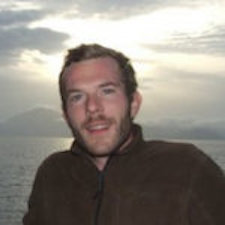 |
Marc Piedeleu
Postdoctoral Researcher (2016 - 2017) Physical Oceanography Department Centro de Investigación Científica y de Educación Superior de Ensenada |
